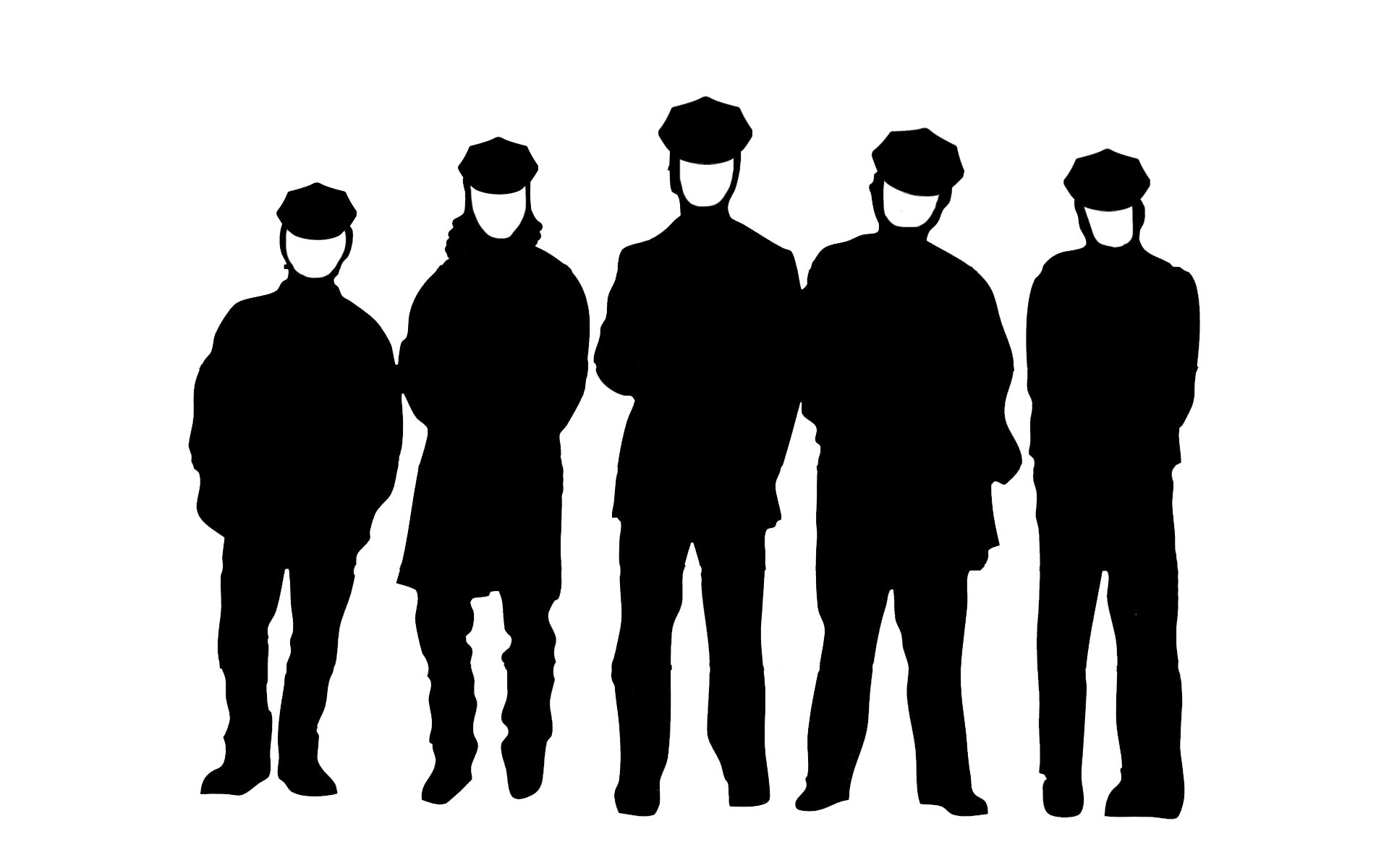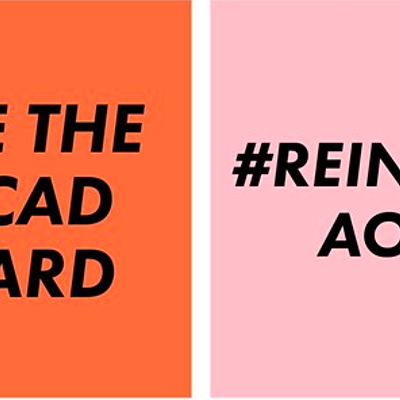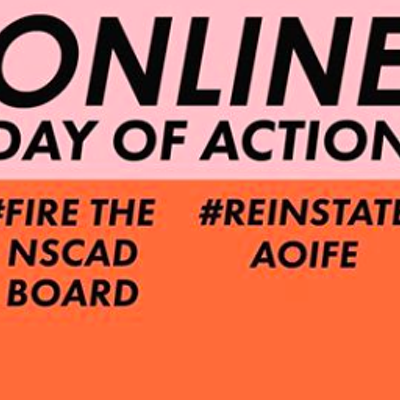Neither is the appointment of Honsberger controversial. The pick of the former executive director of the province’s prisons to the police commission might strike an odd tone in a department that is increasingly promoting itself as a progressive voice trying to address the root social causes of crime, and moving away from old-school knock-heads-and-throw-them-in-jail policing, but there’s no reason to think Honsberger won’t perform well on the commission.
Still, whatever else Honsberger may be, he’s not a visible minority. A white man, Honsberger joins five other white men and two white women on the commission.
The racial make-up of Nova Scotia police commissions became an issue in 1989, after the royal commission on the Donald Marshall Jr., case found that an insensitivity to minorities was prevalent in police departments across the province.
“I drafted the entire section on policing for The Marshall Inquiry,” says Don Clairmont, a sociologist at Dalhousie University. “Yes, it included a recommendation about having visible minorities on police boards.”
In the aftermath of the Marshall report, the Nova Scotia Advisory Group on Race Relations suggested “all municipal police commissions be encouraged to reflect the racial diversity of the communities they serve.”
In 1992, then-provincial solicitor general Joel Matheson wrote two letters, one to all the mayors in the province, the second to all the police commissions. “Although the appointment of municipal designates on the boards is clearly the responsibility of municipal councils,” wrote Matheson to the mayors, “I would strongly encourage the consideration of visible minorities. As you know, boards of police commissions have a pivotal role to play in the establishment of policing policy. It is critical, therefore that they be sensitive to the policing needs of all members of the community.”
The former cities of Dartmouth and Halifax both appointed visible minorities to their respective police commissions, as did the newly created HRM in 1996. But the last visible minority on the HRM police commission was Eartha Monard, whose term expired in 2004. Monard, a black woman, was, and still is, the principal of Dartmouth High School.
Three years later, in 2007, Clairmont, who had written the draft for the Marshall report, was hired by then-mayor Peter Kelly to oversee the Mayor’s Roundtable on Violence, and in 2008 published his findings in a report titled Violence and Public Safety in the Halifax Regional Municipality. That report criticized the city for letting the Community and Race Relations Committee become moribund, and pointed out the need for racial sensitivity in the decision-making process.
Clairmont declines to speak publicly about the lack of a visible minority on the commission, because he is currently conducting a review of the Mayor’s Roundtable on Violence, interviewing commissioners and other city officials. He says he doesn’t want to complicate the interview process with his comments.
Mayor Mike Savage, however, acknowledges that appointing a visible minority to the commission wasn’t a consideration until The Coast raised the issue. “It’s on our radar screen now,” he says over the phone from Houston, where he’s attending a conference. “One of things that has occurred to me and other councillors, in the nomination process for boards and commissions, is that we can do a better job in a whole bunch of areas---soliciting applications, how we make judgments as to who should be on them.” The appointments of visible minorities “is something else we have to factor into our decision-making.”
Savage says the city and the police department are doing a better job on the race relations front. “But clearly, we need to consider things we never considered before.
“One of the real measures of effectively dealing with diversity,” continues Savage, “is not just how many people you employ in a certain area, or do you do sensitivity training, but are you grooming people for leadership positions, whether it’s boards or commissions or even running for office. There are a lot of places doing that well, and we can learn from them. I know we can do better.”















